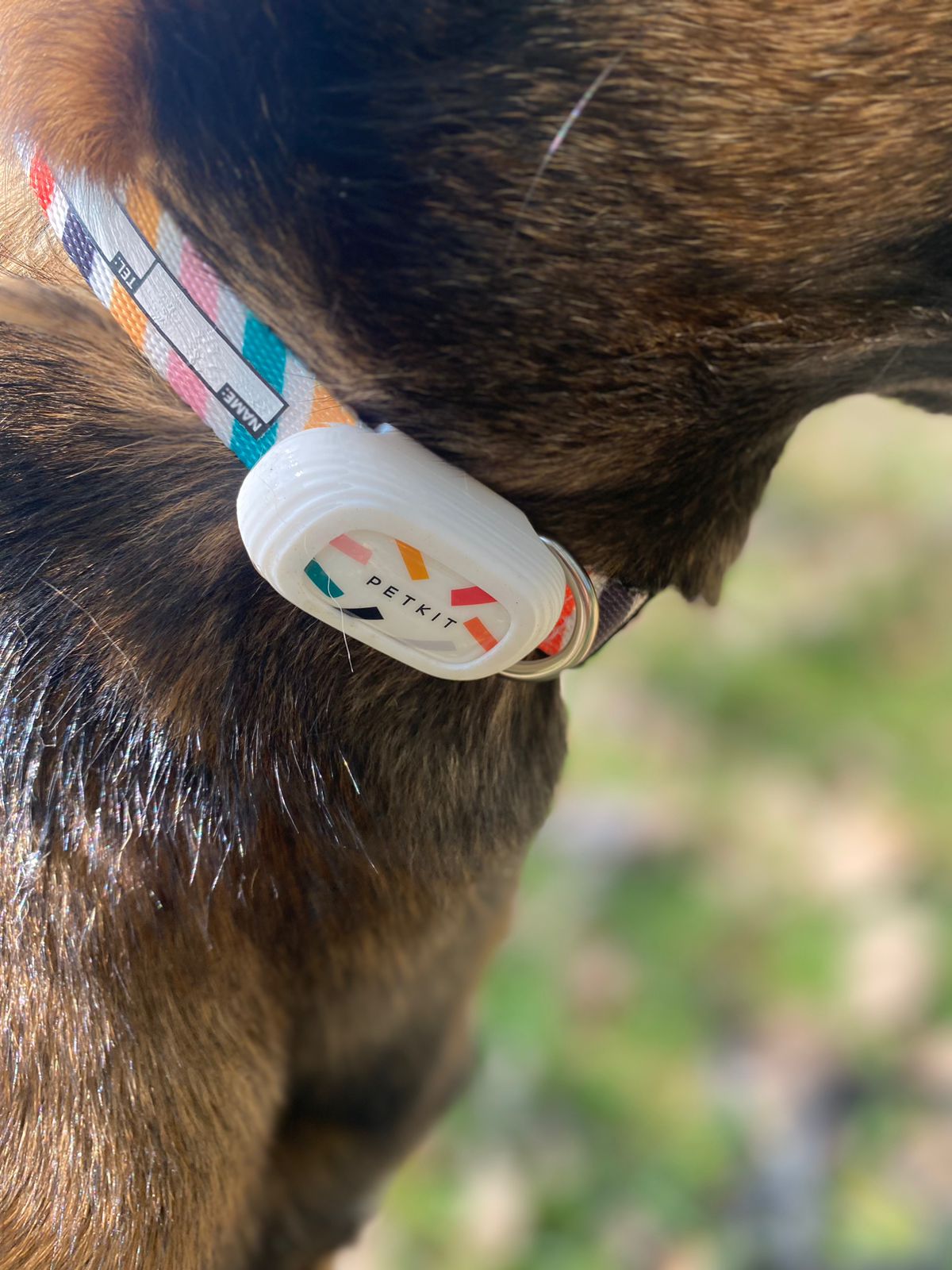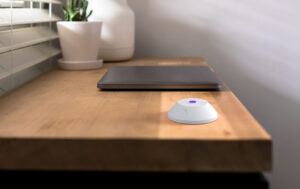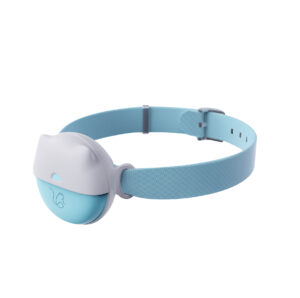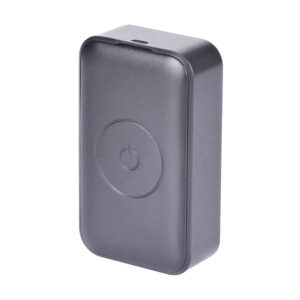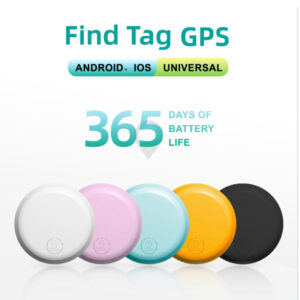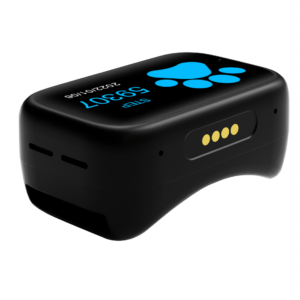Why GPS Doesn’t Work Indoors for Pets—and How to Fix It
GPS is brilliant outdoors, but inside your home satellite signals get blocked and bounced around by walls, floors, and metal—so accuracy drops and updates can lag. The reliable fix is a hybrid approach: use GPS outside and switch to Bluetooth Low Energy (BLE) beacons and WiFi zones indoors for fast, room‑level tracking with better battery life.
Does GPS work indoors? The short answer for pet owners
Not reliably. GPS signals are extremely weak by the time they reach Earth. Once they pass through roofs, floors, and walls, the receiver in a pet tracker can lose accuracy or drop the fix entirely. That’s why your cat might appear “in the neighbour’s garden” or on the wrong floor when she’s actually under your bed.
Understanding GPS: how it works (and why homes break it)
GPS receivers calculate position by timing signals from multiple satellites (trilateration). It’s fantastic in open spaces—parks, pavements, fields. Inside buildings, three things get in the way:
- Signal obstruction: Concrete, brick, metal, and even dense wood absorb or weaken signals from satellites ~20 000 km away.
- Multipath interference: Signals bounce off walls, ceilings, and appliances. Those reflections arrive late and confuse the receiver, causing “ghost” locations or wrong‑floor errors.
- Latency and battery drain: The tracker may keep its GPS powered longer to maintain a fix, which costs battery and slows updates—exactly when you want faster indoor visibility.
Bottom line: GPS is for outside. Indoors, we need indoor positioning systems (IPS) like BLE and WiFi.
Indoor positioning for pets: GPS vs BLE vs WiFi vs AirTag Find My
Here’s the practical, pet‑owner view.
- GPS (GNSS)
- Best for: Outdoor, wide‑area tracking and escape alerts.
- Strengths: Nationwide coverage, works without your home network.
- Limits indoors: Obstruction, multipath, slower updates, higher power draw.
- BLE beacons
- Best for: Room‑level accuracy at home.
- Strengths: Very low power, fast proximity updates, great for zones (kitchen, lounge, garage).
- Limits: Short range; needs a few beacons placed around the home.
- WiFi zone detection
- Best for: Reliable “home vs away” detection and coarse indoor zones.
- Strengths: No extra hardware; leverages your router/mesh.
- Limits: Less precise than BLE for individual rooms; multi‑AP homes require setup.
- AirTag/Find My (and similar)
- Best for: Opportunistic proximity in busy areas with many iOS devices.
- Strengths: Affordable, tiny, good for locating something nearby in a crowd.
- Limits for pets: Not designed for pet tracking, no true GPS, update cadence depends on passer‑by devices, limited real‑time control. Works as a supplement, not a primary tracker.
How to fix it fast: Quick fixes checklist
- Register your home WiFi networks in the app and name zones clearly.
- Place 2–5 BLE beacons in key rooms your pet actually uses.
- Update firmware for your tracker and beacons; keep the app current.
- Walk‑test each room and floor; check map updates and adjust beacon positions if needed.
- If you have mesh WiFi, label each access point (AP) by location and keep SSIDs consistent.
- Reduce interference: keep beacons away from fridges, microwaves, metal shelves, and big mirrors.
- Set a sensible indoor refresh rate in the app to balance speed and battery.
- Reboot routers or APs after major changes; then re‑test zones.
Step‑by‑step: Set up BLE beacons for room‑level accuracy
A little planning makes a huge difference.
1) Plan your zones
- Typical 2–3 bedroom home: 3–5 beacons (living area, kitchen, main bedroom, entryway/stairs, garage).
- Apartments: Start with 2–3 (living area, bedroom, entry/ balcony).
2) Placement height and spacing
- Height: 1.5–2.2 m from the floor (eye‑level or just above door frames).
- Spacing: Aim for 5–10 m apart. Overlap lightly between adjacent rooms.
3) Avoid signal troublemakers
- Keep 1 m away from large metal objects, water tanks, microwaves, fridges, and mirrored wardrobes.
- Don’t mount directly on metal. If needed, use a small plastic spacer.
4) Orientation and mounting
- Face the beacon towards the centre of the room.
- Use removable adhesive strips or screws; label each beacon (e.g., “Kitchen East Wall”).
5) Multi‑floor homes
- Place at least one beacon per floor near the stairs or landing.
- Add one in the most‑used room on each level to reduce wrong‑floor mix‑ups.
6) Configure and name zones in the app
- Name zones clearly (“Lounge,” “Bedroom 1,” “Garage”).
- Run a slow “walk test”: move the tracker through rooms and watch the app switch zones.
7) Fine‑tune
- If a zone doesn’t switch reliably, move the beacon 0.5–1 m or reduce overlap with the next room.
- Replace beacon batteries on schedule; set a reminder every 12–18 months.
WiFi zones: Create reliable home geofences (and save battery)
- Add your home WiFi in the app; if you use mesh WiFi, keep one SSID name for the whole house and place nodes evenly.
- Where possible, keep 2.4 GHz and 5/6 GHz SSIDs named consistently; avoid hiding SSIDs.
- Label access points by location (e.g., “Upstairs Hall,” “Kitchen AP”) for clearer diagnostics.
- If your garage or cottage has its own AP, make it a separate “zone” to prevent confusion.
- After any router/mesh changes, re‑run a walk test and confirm zone switches.
How Agile Pro solves indoor tracking (and Infinity Pro too)
Agile Pro uses a hybrid engine that automatically selects the best signal source:
- Outside: GPS + cellular for real‑time updates, with smart fallbacks in dense urban areas.
- Inside: Seamless switch to BLE beacons and WiFi zones for instant, room‑level presence.
- In between: Dynamic transitions to maintain continuity without draining the battery.
Battery smarts: Because BLE and WiFi are low‑power, Agile Pro can update more frequently indoors without hammering the battery. GPS wakes only when it adds value.
Also consider Infinity Pro for similar hybrid accuracy and robust performance at home and away.
Shop the solution:
- Agile/Infinity Pro GPS Pet Tracker — our most advanced hybrid tracker.
- BLE Beacon (bundle with Agile Pro for best indoor accuracy).
Battery life: why hybrid mode lasts longer
Continuous GPS hunting indoors wastes power and still gives fuzzy locations. Hybrid mode flips that script: BLE/WiFi provide quick, precise indoor updates, so GPS can nap until it’s truly needed outdoors. It’s both faster in the home and kinder to your battery.
Multi‑floor accuracy: reduce “wrong floor” errors
- Put a beacon at the stair landing on each level.
- Add one beacon per high‑use room per floor.
- Keep vertical separation: don’t mount beacons directly above/below each other through thin floors.
- If you have a mezzanine or loft, favour the level your pet uses most.
AirTag/Find My vs dedicated pet trackers indoors
- AirTags are clever for finding misplaced items and sometimes pets in busy areas, but they aren’t real‑time GPS devices and update only when near other Apple devices.
- A dedicated hybrid tracker gives you controlled update rates, escape alerts, outdoor routing, and predictable indoor zones—without relying on strangers’ phones.
- Best practice: If you love your AirTag, keep it as a backup. Make your primary tracker a hybrid GPS + BLE + WiFi device for consistent results.
FAQs
Q: Does GPS work indoors for pets?
A: Not reliably. Walls and floors weaken and reflect satellite signals. Use BLE beacons and WiFi zones for accurate, fast indoor tracking.
Q: Is an AirTag enough to track my pet indoors?
A: It can help in some cases, but it’s not a pet tracker. Updates depend on nearby iPhones and there’s no GPS. Use a dedicated hybrid tracker as your primary device.
Q: How many BLE beacons do I need for a 3‑bedroom home?
A: Usually 3–5: living area, kitchen, main bedroom, entry/stairs, plus garage if used often.
Q: Will GPS track my pet on the correct floor?
A: GPS alone may show the wrong floor due to multipath. Place at least one beacon per floor and near stairs to fix this.
Q: Do I need internet for indoor tracking?
A: Your phone or the tracker’s base needs internet to send updates to the app. The BLE beacons themselves don’t require internet.
Q: Does WiFi 6/6E or mesh WiFi help?
A: Yes. Strong, well‑placed access points improve zone detection and stability across rooms and floors.
If you’re struggling with “GPS not working inside the house,” you’re not alone. A small indoor setup—Agile/Infinity Pro with 3 BLE beacons and your home WiFi—turns guesswork into room‑level certainty, so you always know where your best friend is, whether they’re sunning in the lounge or hiding in the linen cupboard.

